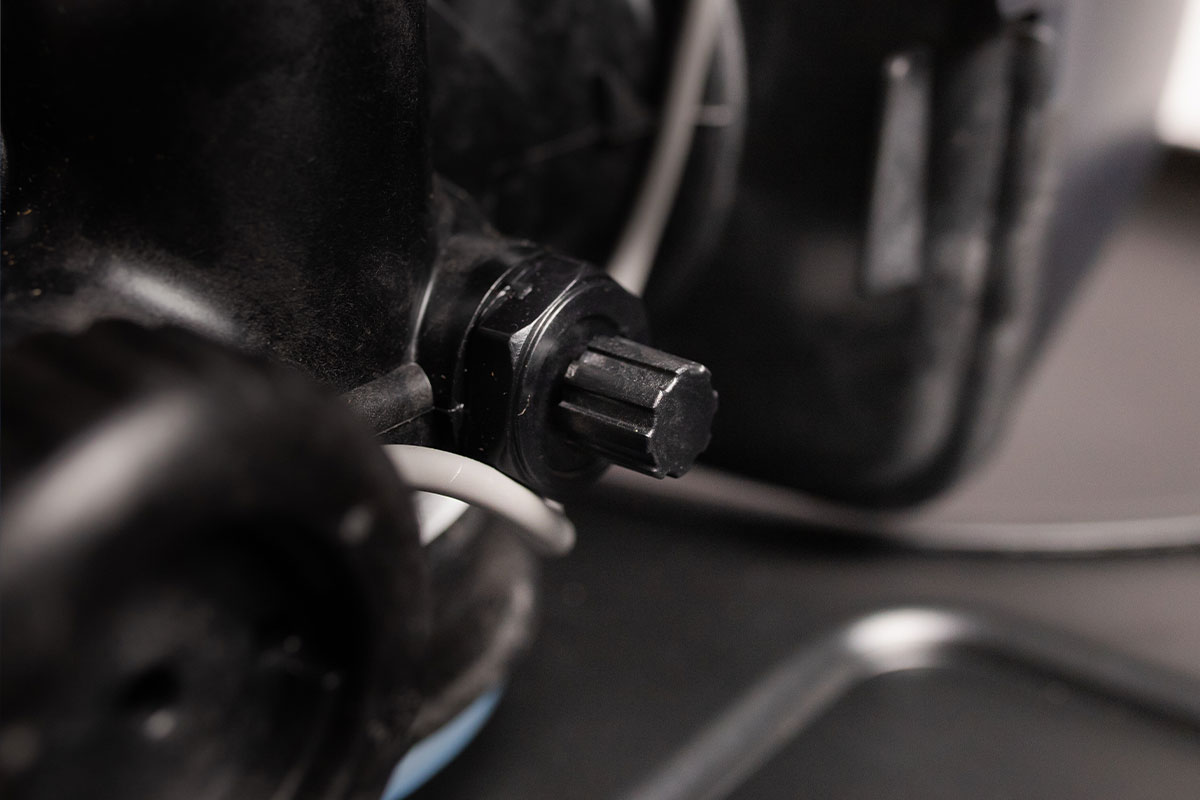Water hardness is an important factor affecting the quality of water in our homes. Water that is too hard can cause limescale to build up on household appliances and heating appliances, which leads to their faster wear and higher operating costs. On the other hand, too soft water may seem uncomfortable to use and negatively affect installations made of copper or steel. Therefore, adjusting the degree of hardness of the water after softening is important to adapt it to individual needs.
Ways to adjust the degree of water hardness
Use the special screw located at the back of the device head or in the so-called by-pass (non-return valve) added to the water softener. In order to properly adjust the screw, it is worth checking the hardness of the water at the inlet to the softener and the expected degree of hardness at the outlet. Then, by hand or using a screwdriver, gently turn the screw in the appropriate direction until the desired degree of hardness is obtained. Changes should be monitored with water hardness tests to avoid too large differences between the expected and actual result.
It is worth remembering that the accuracy of water hardness adjustment using the mixer may vary depending on the model of the softener and the quality of the input water. Therefore, it is worth taking some time to fine-tune the settings to your needs.
Is it worth hardening water after softening?
The decision to harden water after softening depends on the individual preferences of users. Many people who use water softeners prefer to completely soften their water, which they find most comfortable. In some cases, however, water softened to zero may feel too slippery and rinse off the soap poorly. In such situations, it is recommended to mix raw water with softened water.
The use of a mixer in the case of copper installations
Copper is a material that can be susceptible to corrosion, especially in the presence of very soft water. Fully softened water has a low mineral content which makes it more aggressive towards metals such as copper. As a result, when soft water flows through copper pipes, electrochemical processes can occur leading to corrosion. This is manifested in the form of greenish spots on the surface of pipes or fittings, as well as a gradual thinning of the pipe walls.
Prolonged exposure of copper to soft water can weaken and damage the plumbing, which can result in leaks and costly repairs. Therefore, it is recommended to maintain a moderate level of water hardness to minimize the risk of corrosion and extend the life of copper installations. In such cases, it is recommended to set the initial water hardness at the level of 50 - 60 mg CaCO3.
Which way to turn the mixing screw?
If you want to add hardness, the knob should be pushed out - the more it protrudes from the head, the harder the water. However, it should be remembered that after unscrewing the mixer, it is necessary to pass several liters of water before repeating the water hardness test. It is worth knowing that the water pressure has a significant impact on the operation of the mixing valve. This valve works on a spring, so the greater the resistance of the bed, the faster the mixer will open and let more raw water through.
Matching the water softener to the needs - the key to success
Choosing the right water softener and adjusting the water hardness level are key steps in ensuring a comfortable water experience in your home. Before buying a softener, it is worth carefully analyzing the parameters of water from the well and determining what the users' expectations are regarding the hardness of the water. Thanks to this, you can avoid unnecessary expenses for too advanced devices and choose the optimal solution that meets the needs of the household members.
Use a mixer in a water softener or not?
Adjusting the degree of water hardness after softening is an important element of caring for water quality at home. Adjusting the water hardness to individual needs and installation conditions allows you to achieve comfort of use, avoid problems related to limescale or negative impact on installations. Choosing the right softener and properly adjusting the water hardness is the key to success in providing healthy and safe water for household members. Let us remember that the optimization of water hardness is a process that is worth carrying out in order to enjoy the comfort of using water with the right parameters.



